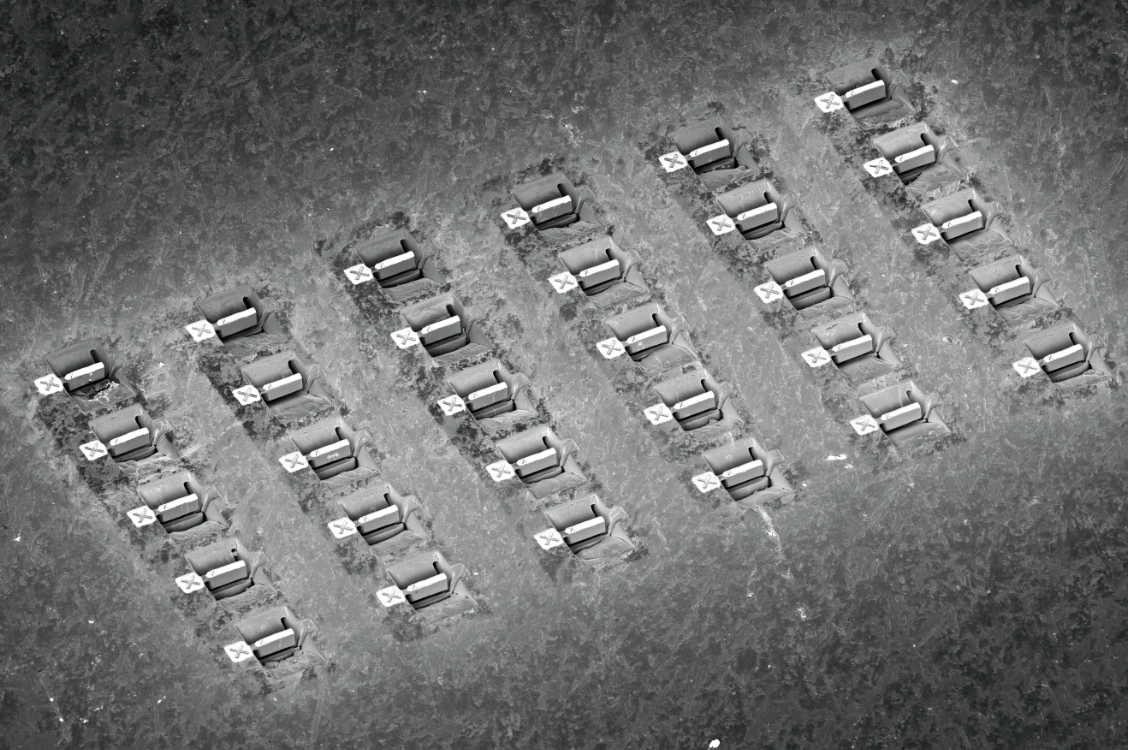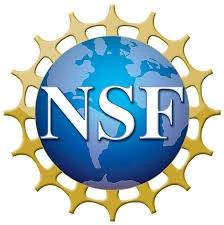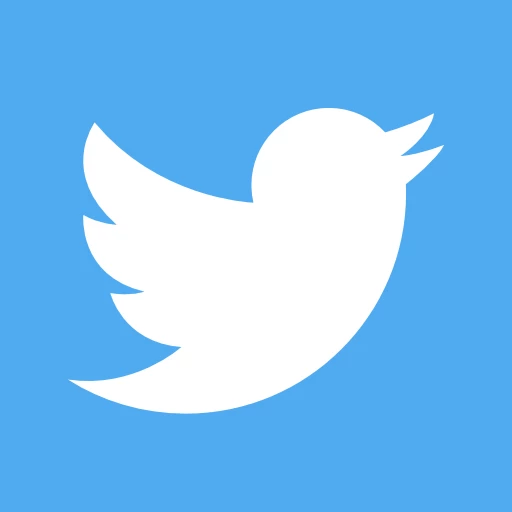Materials Opportunities for Low-Energy Computing
There has undoubtedly been a global explosion in mobile and personal computing and the Internet of Things (IOT) platforms. Saving energy at every architectural level in the compute stack is of utmost importance today. The October, 2021 issue of MRS Bulletin focuses on cutting-edge materials research for energy-saving next-generation devices and components used in the various platforms.
The articles in the issue cover devices, memories, interconnects, microelectronic packaging with unique thermal management capabilities, and materials systems for energy-efficient computation that mimic the information processing occurring in the human brain. This webinar will present talks derived from articles in this issue, and the speakers will take live questions from the audience at the conclusion of their talks.
Talk Presentations:
- A Quantum Materials Path to Next Generation of Computing
Sasikanth Manipatruni, Kepler Computing
Talk begins at 04:42
- 2.5D and 3D Polylithic Integration for Energy Efficient Electronics
Muhannad Bakir, Georgia Institute of Technology
Talk begins at 35:26
- Neuromorphic computing
Daniele Ielmini, Polytechnic University of Milan
Talk begins at 1:04:59
Becoming WiSE (Women In Science & Engineering)
The number of women participating in engineering fields has undoubtedly been increasing over the decades. This positive trend is thanks to nationwide Science Technology Engineering and Mathematics (STEM) efforts and projects, particularly those led by National Science Foundation. Being an Asian immigrant in the USA academia field, I have benefited from this positive vibe. Materials science and engineering play a key role in enabling some of the most exciting new technologies for humanity – one of them is energy storage technology – I would like to share my personal journey about becoming a woman in science and engineering. It is an exciting and rewarding journey with ups and downs –with honesty and optimism, I hope to share those experiences to encourage more young women to become WiSE.
Launching Your Career After Graduate School - Webinar Series
Career development, the process of exploration and action that shapes an individual's professional life, is often challenging for graduate students. Many students today struggle with the transition to a professional setting as a result of uncertainty, and sometimes choosing the right path in a world with many possibilities can be difficult and even scary. This workshop series hopes to focus on four issues graduate students may encounter during the transition outside graduate school:
- Lack of awareness about options - students may be unaware of the many job opportunities they have with their qualification
- Lack of mentorship - the hiring process (in academia or industry) can be challenging and unclear to students without guidance by a more senior mentor
- Stressful interviews - students need to prepare for their job interviews before the end of graduate school
- Work-life balance - raising awareness among students about support that hiring entities may provide to them and their families during the transition
Choosing the right career path can and should be easier. To help students navigate job opportunities during and after academia, a webinar series featuring professionals from industry, national laboratories, and editorial offices/publishers could help in guiding students’ career development. This series will include an “ice-breaker” elevator pitch to engage students, discussion of the four aforementioned topics on day 1, training on elevator pitches, and competition for the best elevator pitch on day 2 (see below for further information).
Day 1 (November 2, 2021 – 11:00 AM – 12:30 PM)
The first part of this seminar focuses on capabilities building, and it aims to train graduate students on how to give an elevator pitch, how to handle job interviews, and how to prepare for a job outside graduate school. These will be performed together with our speakers who will be involved in giving an elevator pitch, commenting elevator pitches from pre-registered videos, and subsequent discussions covering various aspects that can affect graduate students during their transition.
Day 2 (November 9, 2021 – 11:00 AM – 1:00 PM)
The second part focuses on students implementing skills and knowledge acquired in part one to compete in an elevator pitch competition. On day two, students will have the opportunity to present their elevator pitches to the audience, receive feedback from the speakers, and possibly win the “best elevator pitch” award of $300. More details on the event can be found on the planning document.
Student Engagement Subcommittee
Luciana d'Amone, Tufts University
Elisabetta Rugerri, Tufts University
Simiranjit Grewal, Recent PhD recipient from University of California, Merced
Eva Hemmer, Student Engagement Subcommittee Chair, University of Ottawa
REGISTER FOR PART TWO OF THIS EVENT. (Registrants for Part One do not need to re-register)
Making the Best of Poster Sessions in a Virtual Environment
The forced transition to virtual platforms for scientific conferences has presented many challenges, as well as some opportunities. After more than a year of zoom fatigue, how do we make the best of a virtual poster session? This virtual seminar will cover some of the lessons learned so far, tips for making effective virtual posters, and give attendees opportunities to brainstorm in small groups their specific ideas and situations.
Materials Needs for Energy Sustainability by 2050: Frontiers in Long-Duration Storage for Decarbonization
This panel discussion is part of a long-running MRS series that convenes top experts to discuss topics of scientific, technological and sociological complexity relating to energy, the environment and sustainability.
This interactive event will highlight the fundamental and applied materials challenges and opportunities associated with long-duration energy storage in the context of broader socioeconomic and policy incentives and disincentives.
This program is organized by MRS’ Focus on Sustainability Subcommittee in collaboration with The MRS Energy & Sustainability Journal.
Funding provided by the National Science Foundation.
Presented in conjunction with MRS Energy & Sustainability
Career Discovery Series: Focus On Quantum and Nanomaterials
Quantum materials cannot be described by classical physics. Materials such as topological insulators exhibit quantum behavior and as such, hold a great fascination for materials scientists and engineers. Deeper exploration into building and leveraging the capability of quantum materials is a key driver into more and more research being executed across all sectors. Nanomaterials are just as interesting and describe a class of materials at the nanoscale. They can be used for many applications, from packaging to environmental remediation to pharmaceuticals. In all of these circumstances and more, nanomaterials can serve as a carrier of other materials that solve a problem, such as nanoparticles that improve heat resistance or reduce the capacity for germs to remain on a surface. More and more organizations in industry, including established and startup firms, as well as research groups in traditional ecosystems such as academia and government, are focusing efforts on better understanding, expanding the utility of, and improving the efficiency of quantum and nanomaterials, providing an excellent opportunity for career progression in this discipline.
This session will provide a snapshot into career paths available to researchers within the field of Quantum and Nanomaterials. While aspects of the science within this field will be discussed, emphasis will be placed on career prospects in the area including requisite skills needed, challenges and where the opportunities lie for talented and enthusiastic materials scientists and engineers who wish to engage this frontier field.
Sponsored by The PPG Foundation
Oxide electronics
This webinar is presented in conjunction with the November, 2021 issue of MRS Bulletin and is co-presented with the American Ceramic Society.
Semiconducting oxides have formed the basis for technologically significant advancements in displays, sensors, and photovoltaics, and are setting the stage for emerging applications related to mechanically flexible electronics and 3D monolithic post-CMOS integration. The latter is driven by the quest for more-than-Moore solutions. The November, 2021 issue of MRS Bulletin deals with topics ranging from the materials science of oxides to device applications. The former addresses challenges faced in doping of oxides, including emerging magnetic oxide material systems in skyrmionics, and the latter provides a discourse on oxide thin-film transistors and associated integration architectures for displays, sensors, imaging, and neuromorphic computing.
This webinar will present talks derived from articles in this issue, and the speakers will take live questions from the audience at the conclusion of their talks.
Talk Presentations:
- Binary Ferroelectric Oxides for Future Computing Paradigms
Min Hyuk Park, Seoul National University
Talk begins at 28:26
- Oxide transistor backplanes for displays and imaging arrays
Denis Striakhilev, Ignis Innovation
Talk begins at 45:50
Towards “Damage-Free” TEM specimen preparation by Focused Ion Beam without Gallium
Focused ion beam (FIB) has been widely used in materials science. Different types of ions (Argon, Gallium, Xenon, Oxygen, Nitrogen) have their unique characteristics for various applications. Plasma Xenon ion beam has been greatly accepted by the FIB microscopy community providing the advantages of high sputtering yield, high current milling at 30 keV for a large 3D volume data acquisition, and correlated microscopy applications. Reactive oxygen ion beam dramatically improves sample milling quality for carbon-carbon bonding hard or soft materials by smoothing the cut-face very effectively during sputtering.
The focus of this presentation is on FIB TEM specimen preparation. Preparation of "damage-free" TEM specimen is one of the challenges of traditional gallium (Gallium FIB, G-FIB). Our question is, if ions other than the gallium ion are used, what will happen to the specimen besides gallium-free ion implantation? How can we predict the damage of Argon, Gallium, and Xenon ions to the sample?
In this presentation, we start with introducing ion solid interactions, followed by defining ion beam application domains classified by ion projected range. We explain sample amorphous material formation induced by ion-atom knock-on damage effect before presenting a TEM specimen sidewall damages by analysis of the simulation data.
During FIB sample preparation, ions bombard solid materials over a wide energy range from a few hundred electron-volts to 30 keV. By analyzing the simulation data generated by SRIM (Stopping and Range of Ions in Matter), including Ion range, sputter yield, atomic displacement, and vacancy damage density, this report provides clear guidance on which ion species to choose for what application domain.
With actual experimental trials guided by investigation of ion-solid interaction SRIM data, we have shown results of really close to “damage-free” TEM specimen preparation for HR (S)TEM by multi-ion source plasma FIB Hydra low energy argon ion beam at 500 eV.
We hope this presentation encourages gallium-focused ion beam and even TEM user groups to explorer a new FIB application domain by applying multi-ion sources plasma ion beam DualBeam microscopy for gallium-free TEM specimens preparation.
With introduce high-performance low energy focused argon ion beam to DualBeam, we are approaching to “damage-free” TEM specimen preparation domain.

Presented by Thermo Fisher Scientific
Follow Thermo Fisher Scientific on:
PowerPoint™ Karaoke
Calling materials science all-stars! Are you interested in becoming a more active participant at the MRS Meeting? Looking for some fun in your scientific life? Do you know a rising star who would be perfect as a presenter? Submit a creative slide, or deliver an amazing presentation, and win recognition and cash prizes of up to $200!
- Create a PowerPoint side with a contribution to your research or a materials science-related topic.
- Don’t be too serious! Popular science topics aren’t the point; we’re looking for the funniest story or best design!
- Topics can range from your actual research to something silly, such as the use of rubber ducks. Be sure to keep it simple so that anyone can present, and keep it clean—inappropriate content will not be accepted.
During the event, presenters will be placed in a breakout room and receive their assigned slides. Presenters will have five minutes to prepare a two-minute (maximum) presentation.
Winners will be selected by anonymous audience voting. First ($200), second ($100) and third ($50) place prizes will be awarded to both authors and presenters.






